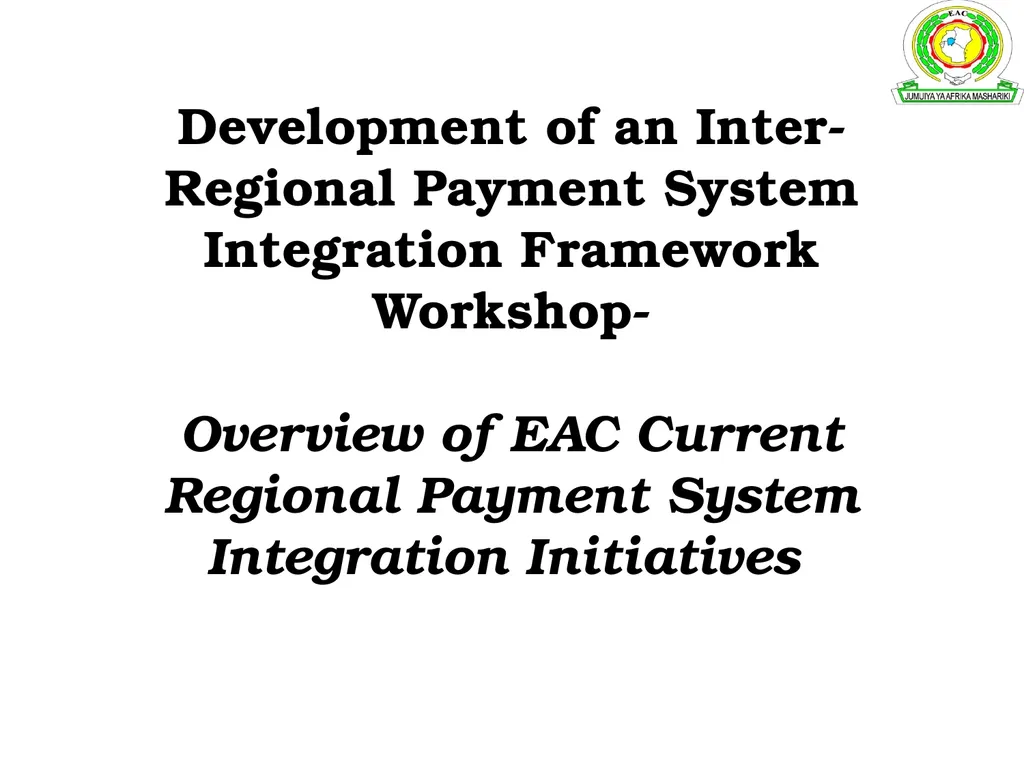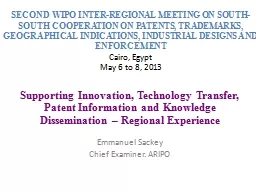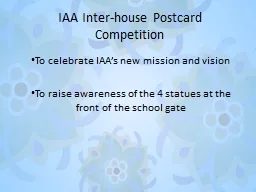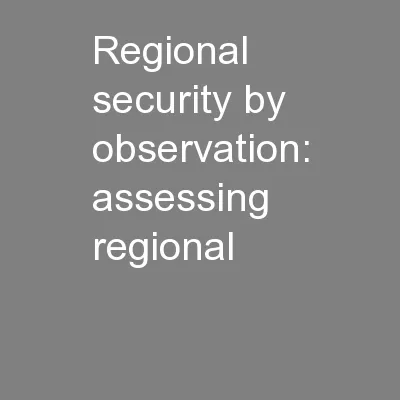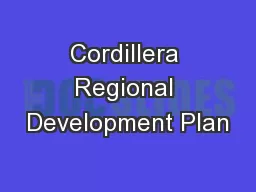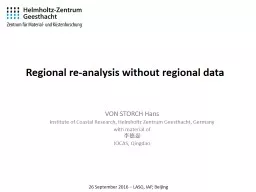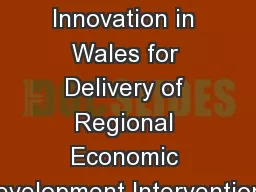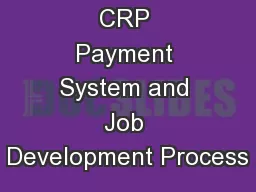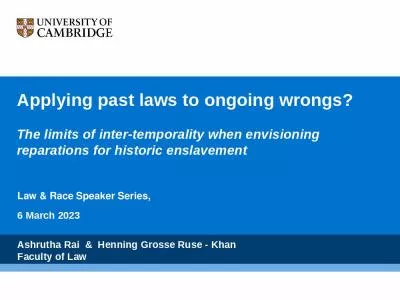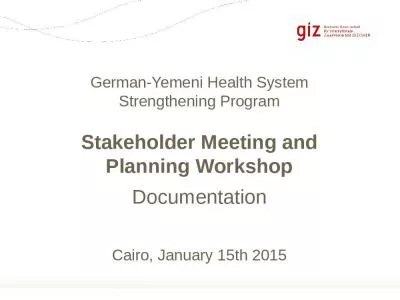Development of an Inter-Regional Payment System
Author : pamella-moone | Published Date : 2025-06-23
Description: Development of an InterRegional Payment System Integration Framework Workshop Overview of EAC Current Regional Payment System Integration Initiatives Outline Introduction EAC Institutional Framework Pillars of EAC Integration The East
Presentation Embed Code
Download Presentation
Download
Presentation The PPT/PDF document
"Development of an Inter-Regional Payment System" is the property of its rightful owner.
Permission is granted to download and print the materials on this website for personal, non-commercial use only,
and to display it on your personal computer provided you do not modify the materials and that you retain all
copyright notices contained in the materials. By downloading content from our website, you accept the terms of
this agreement.
Transcript:Development of an Inter-Regional Payment System:
Development of an Inter-Regional Payment System Integration Framework Workshop- Overview of EAC Current Regional Payment System Integration Initiatives Outline Introduction EAC Institutional Framework Pillars of EAC Integration The East African Monetary Union (EAMU) Payment and Settlement system Status of EAC Payment System EAC initiatives for PSS Financial Market Infrastructure Harmonization of financial laws & regulations Capacity building Way forward Introduction The East African Community (EAC) is a regional organization mandated by the Governments of the Republics of Burundi, Kenya, Rwanda, Uganda, South Sudan and the United Republic of Tanzania to spearhead the East African economic, social and political integration. Under Article 5(2) EAC Partner States undertake to establish among themselves a Customs Union, a Common Market and subsequently a Monetary Union and ultimately a Political Federation EAC Institutional Framework The EAC has its own; legislature (which can promulgate laws that override national law), judiciary, and the EAC Secretariat. The integration agenda is managed by the “Council of Ministers” and the “Sectoral Councils” on (i) Trade, (ii) Industry, (iii) Finance, and (iv) Investment. There are three executive committees: Monetary Affairs Committee (MAC) composed of the Central Bank Governors EAC Institutional Framework Fiscal Affairs Committee (FAC), composed of senior officials from the Ministries of Finance, and Capital Markets Insurance and Pensions Committee (CMIPC), composed of securities, insurance and pension regulators. Pillars of EAC Regional Integration Customs Union; signed in 2004 and ratification in 2005 Through the Customs Union Protocol, trade within the EAC region has been enhanced significantly making the region an attractive foreign direct investment hub Common Market; signed in 2009 and ratified in 2010 Provides for free movement of goods, people, labour, services and capital from one Partner State to another as well as the rights of establishment and residence without restrictions. Pillars of EAC Regional Integration Monetary Union; Signed in 2013 and ratified in 2015 The East African Monetary Union Protocol provides for the attainment of a single currency for daily transactions within the Common Market Political Federation The EAC Partner States envisages coming together to form a super-state under a single political authority / government The East African Monetary Union (EAMU) Monetary Union is expected to be in place in 2024 with single currency and a regional central bank Preconditions to the above include Establishment of institutions to support the Monetary Union Attainment of macroeconomic convergence criteria, and Harmonization of policies and regulatory frameworks Payment and settlement system
